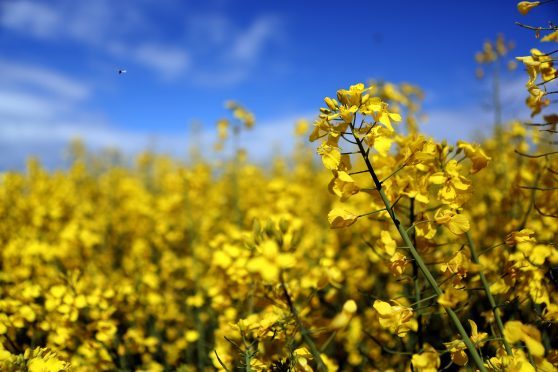The tortured process of securing approval for the future use of glyphosate finally reached a positive outcome for mainstream European agriculture yesterday, but won only a grudging welcome from industry leaders.
After campaigning for a 15-year re-authorisation for a herbicide that is regarded as essential for controlling weeds, managing harvests and reducing grain drying costs, the five-year compromise approved by an EU appeals committee was described as “disappointing” by the European farm unions, Gopa and Cogeca.
Secretary-general Pekka Pesonen said it was “worrying” that glyphosate had been re-authorised for the shorter period after European scientists had deemed it safe.
“It should have been re-authorised for 15 years after it was given a positive assessment by both the European Food Safety Authority (EFSA), and the European Chemicals Agency (ECHA),” he said.
“It is vital not only to feed a growing population with reliable food supplies at affordable prices. But also it reduces the need for ploughing which benefits the environment and enables farmers to apply no tillage which reduces soil erosion and keeps soil organic matters up. Without it, our food supplies will be put at risk as there are currently no alternatives on the market.”
NFU Scotland president Andrew McCornick described the re-licencing process as “unnecessarily protracted” but welcomed the end of uncertainty for his members.
“They can start planning for next year, factoring the use of glyphosate into their cropping and harvesting plans,” he said.
“Off the back of such a difficult harvest and challenging planting conditions for so many Scottish farmers, the thought of not having such a useful and environmentally-beneficial product would have been daunting.”
Crop Protection Association chief executive Sarah Mukherjee warned that the politicisation of what should have been a standard re-approval process set a worrying precedent for the future of crop protection and sustainable farming in Europe.
It has been reported that 18 countries – including Germany, which previously abstained – voted in favour of the renewal , nine voted against and one abstained.










